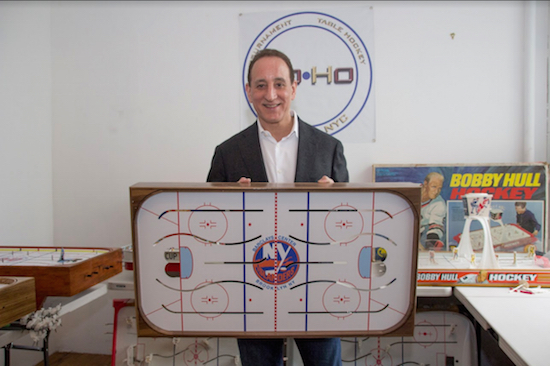Brooklyn’s newest craze has no screens, apps, plugs or power
It’s table hockey, a surprising remedy for autistic kids

John Fayolle displays one of his table hockey boards with an Islanders decal at center ice. Eagle photo by Cody Brooks
There’s Gary Bettman, and then there’s John Fayolle.
What do they have in common? One would never guess.

Brooklyn Boro
View MoreNew York City’s most populous borough, Brooklyn, is home to nearly 2.6 million residents. If Brooklyn were an independent city it would be the fourth largest city in the United States. While Brooklyn has become the epitome of ‘cool and hip’ in recent years, for those that were born here, raised families here and improved communities over the years, Brooklyn has never been ‘uncool’.